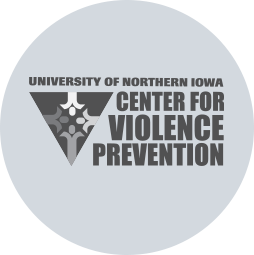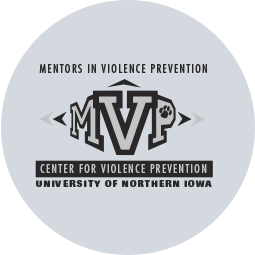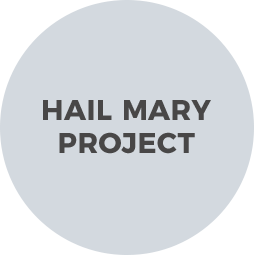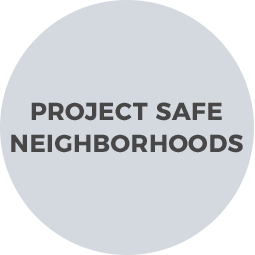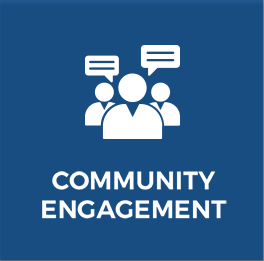WHAT DEFINES A COMMUNITY IN MOTION?
Anthony Cohen defines community as, “a system of norms, values and moral codes that provide a sense of identity for all its members.” A “Community in Motion” is defined as a steady and intentional movement of a majority of like-minded youth and adults, families, work and social groups and organized coalitions working together to challenge and confront social norms that support violence and abuse.
This is accomplished by:
• Creating awareness of all types of abuse and violence (social norming campaigns,
community statistics)
• Supporting opportunities for open dialogue about the impact of violence and abuse
(empathy building, capacity building)
• Challenging thinking about stereotypes and social norms that support root causes
of violence and abuse (unhealthy norms)
• Inspire leadership at all levels of the socio-ecological model (individual, family,
community, societal) to reduce violence and aggression





